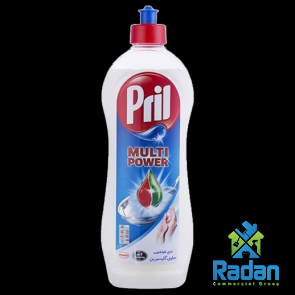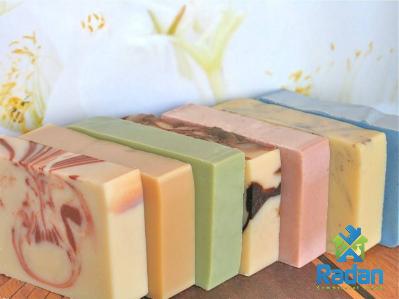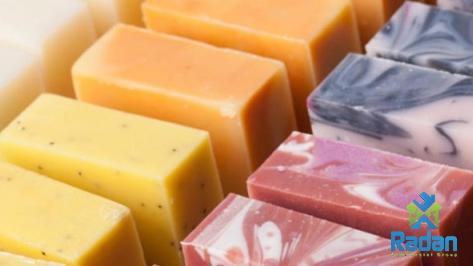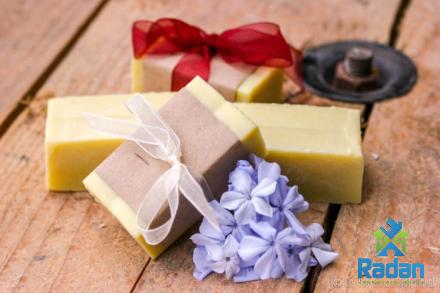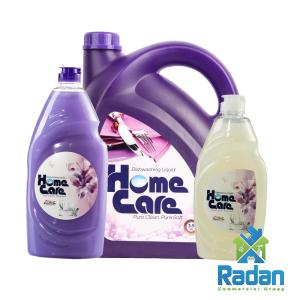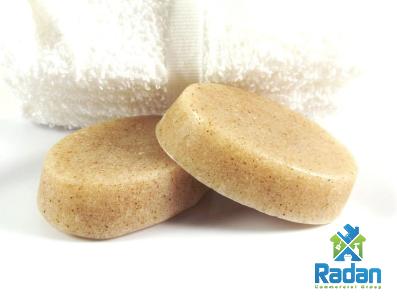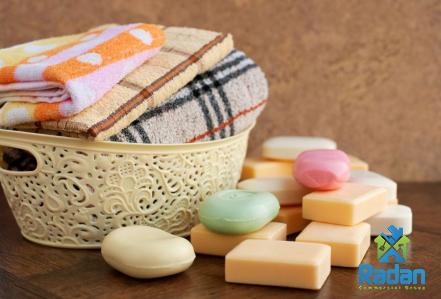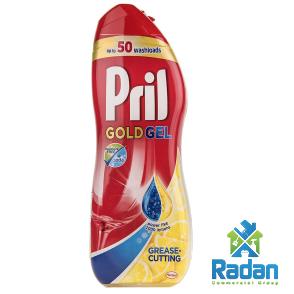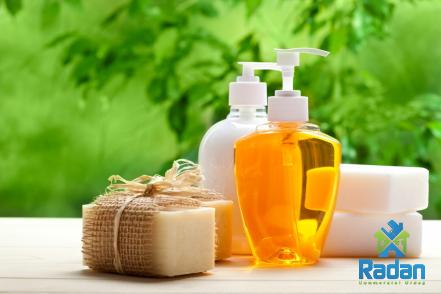Bleach Cleaning Spray purchase price + user manual
Paying high prices for bleach cleaners will make everyone think about how to make bleach cleaning spray at home in order to manage their costs
Household chlorine bleach is a potent disinfectant (chemical cleanser that eliminates harmful bacteria) that is affordable, accessible, and strong enough to kill hazardous pathogens
Every family should maintain a clean house, but those who suffer from autoimmune diseases or other medical disorders like cystic fibrosis should take extra care
It’s crucial to be aware that bleach may burn your skin and release hazardous odors before you start using it everywhere
It is crucial to dilute (water down) your bleach because of this
Never combine it with other solutions or chemicals, or use it at maximum strength
Never consume bleach or contact it with naked skin
Depending on what you are cleaning, the Centers for Disease Control and Prevention (CDC) advises using various concentrations of bleach and water
To prepare a safe bleach solution for your cleaning requirements, follow these instructions
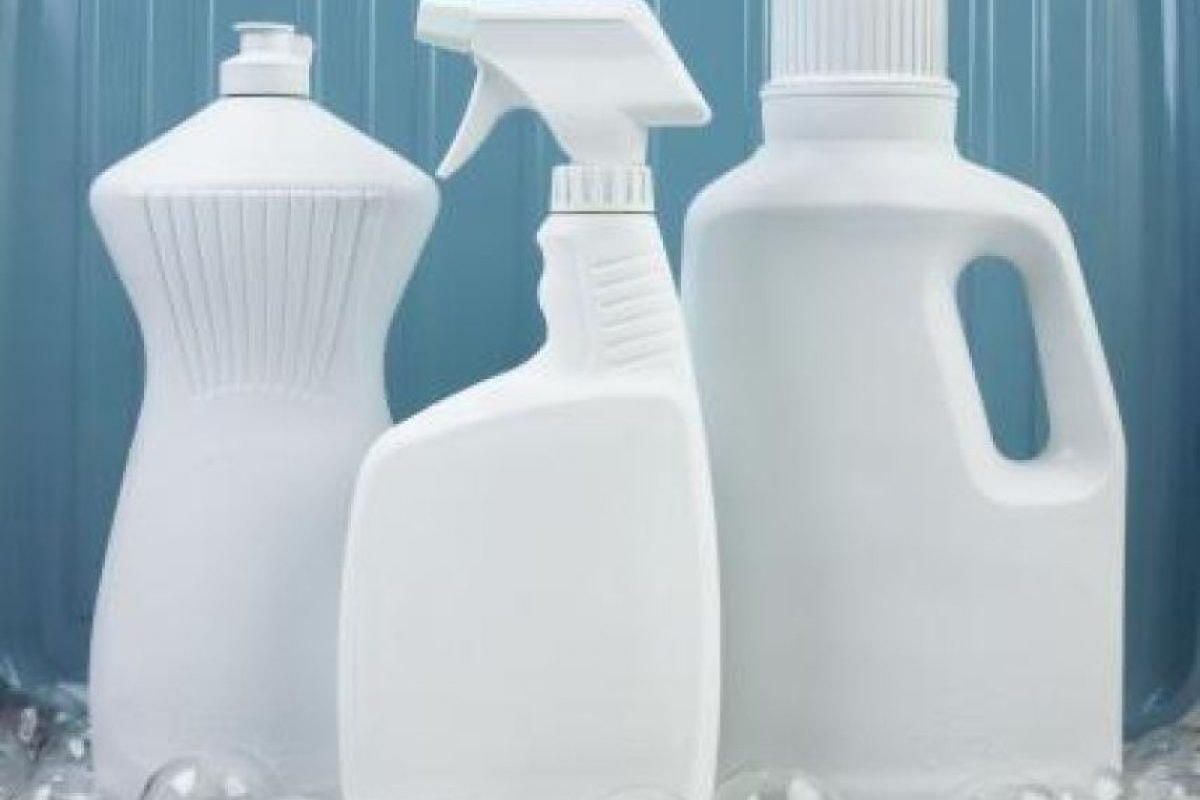
Are you prepared to create your own homemade bleach solution for disinfection? Equipment and Components Needed to Mix Bleach It’s simple to make a bleach solution to clean your house
Just a few materials are required to get started: A glass jar with a lid or a plastic spray bottle the size of a quart a measuring cup a wet cloth household rubber gloves household bleach Water It takes some planning and knowledge to properly combine the chemicals after obtaining your materials
If you spill any bleach, wear shoes and clothing you don’t mind ruining
For additional security, pull your hair back and put on rubber gloves
Go outdoors or locate a space with good ventilation while creating a bleach solution
Pick one with windows that are open and a cross-draft
By opening windows opposite one another or by directing the air with a fan, you may create a cross-draft
Full-strength bleach emits harmful fumes and should never be used in tiny or enclosed places
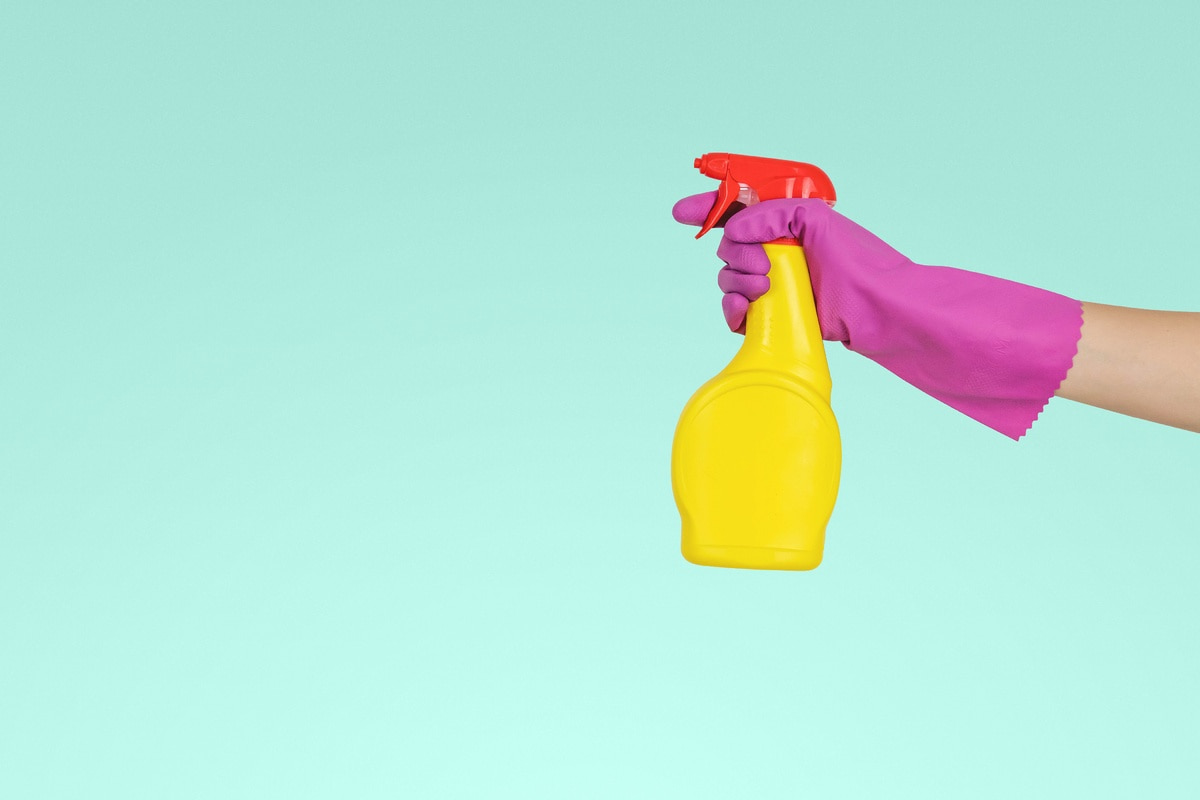
Making a Bleach Solution Depending on the purpose for which you want to use the bleach combination, it will vary in strength
For instance, the ratio is 1:80 for cleaning hard surfaces like plates and counters
This equates to 2
5 teaspoons of bleach to 2 cups of water or 1 cup (240 milliliters) of bleach to 5 gallons (18
9 liters) of water
How to Mix a Bleach Solution Pour the bleach into the spray bottle with care
The water is then added
You won’t get bleach on you if you combine the ingredients in this sequence
Wipe any bleach that may have gotten on your skin with a moist towel right away
Put a tight cover on the container
Shake the ingredients together gently
Your solution is ready for use after it has been blended
Utilizing a Bleach Solution Before applying the bleach solution, you may clean the surfaces with soap and hot, fresh water
Let the surface you are cleaning air dry after applying the bleach solution

When exposed to heat, sunshine, and evaporation, a chlorine bleach solution rapidly loses its ability to disinfect (when a liquid turns into a vapor or gas)
Mix a new batch each day and discard the remainder to ensure the solution is the proper strength
Always keep the bleach solution out of children’s reach
Never use the bleach solution bottle to store other cleaning supplies
The microorganisms that cause illnesses are killed by the potent disinfectant bleach
But before you attempt to clean anything around the home, it’s crucial to understand how to use it safely
When used incorrectly, it may cause illness or even death
Before using bleach to clean, be sure you add the right quantity of water to dilute it
To prevent toxic gases, make sure the space is well-ventilated
Making your own bleach solution is inexpensive, but safety precautions must be taken
You may simply get a light cleaning solution from the supermarket that contains a little quantity of bleach if you want
You can prevent any spills and potential harm in this manner
Easily accessible, reasonably priced, and potent enough to destroy harmful pathogens is household chlorine bleach
Every family should maintain a clean living space, but it is crucial for those living in areas where highly dangerous illnesses are on the rise
Regular, 5%–6% household bleach without any scents is the finest kind to use for making DIY disinfectant spray
Due to the fact that they contain less sodium hypochlorite,
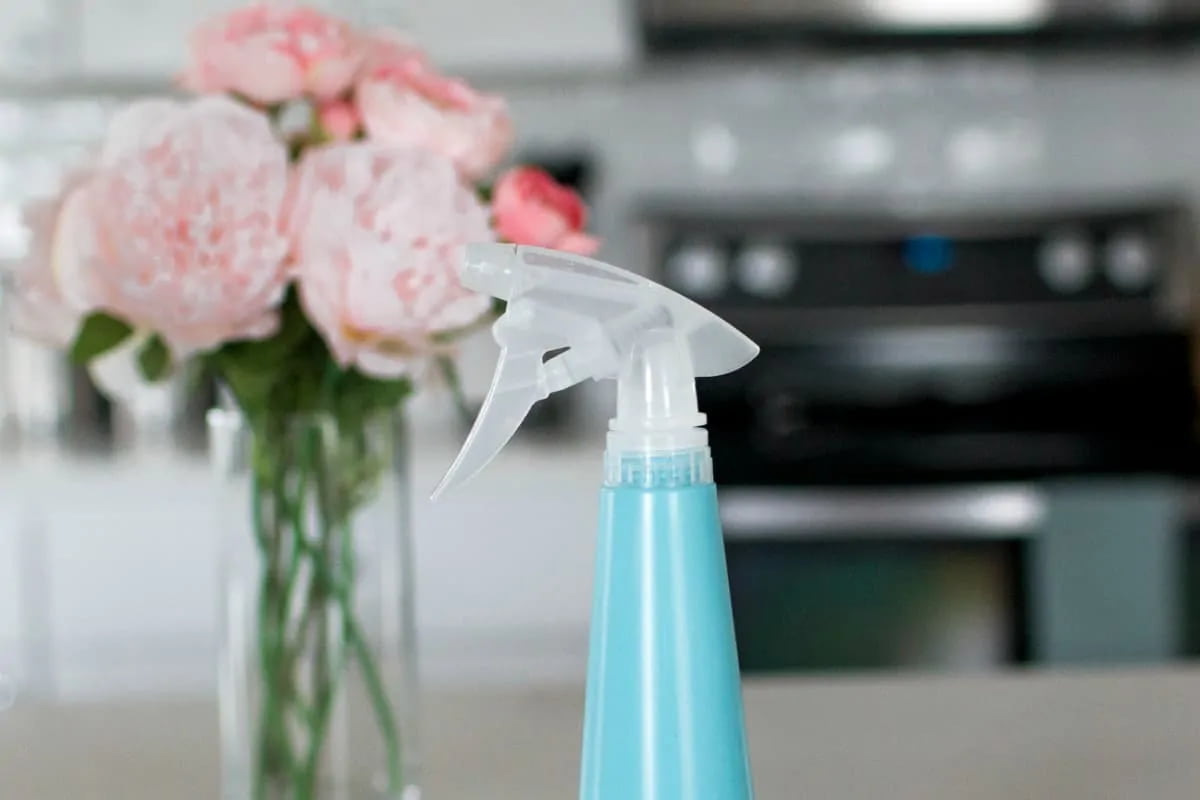
the active component, scented bleach is not a recognized disinfectant
The scented bleaches have a sodium hypochlorite content of 2
75 percent
Sodium hypochlorite is included at a 6% concentration in the unscented, regular Clorox Bleach
It’s crucial to be aware that bleach is corrosive and may harm various surfaces before utilizing a DIY disinfectant spray with bleach
The need to dilute bleach and avoid using it at full strength is another reason for doing so
Wooden surfaces are too porous for bleach to destroy germs and bacteria efficiently, making bleach and bleach solutions ineffective on them
Most metals, including stainless steel, where bleach may destroy the finish, and granite, where bleach can also damage the surface, should also be avoided when using bleach
Remembering that cleaning and disinfection cannot be done at the same time is crucial
It is recommended to clean your home thoroughly before disinfecting it to stop the spread of germs and diseases
By washing, wiping, or brushing, cleaning eliminates visible dust, grime, and debris
After cleaning the surface, you may use homemade bleach disinfectant spray to saturate the area
After approximately 5 minutes, let the bleach solution air dry
It is not advised to combine bleach and essential oils in your homemade disinfectant spray since it is unclear what will happen to the mixture’s effectiveness
Citrus, lime, and other citrus-based essential oils are acidic and may produce chlorine gas
After cleaning is complete, diffuse your essential oils to enjoy their fragrance
Our manufacturing company can provide you with various bleaches suitable for different surfaces in bulk and at affordable prices

